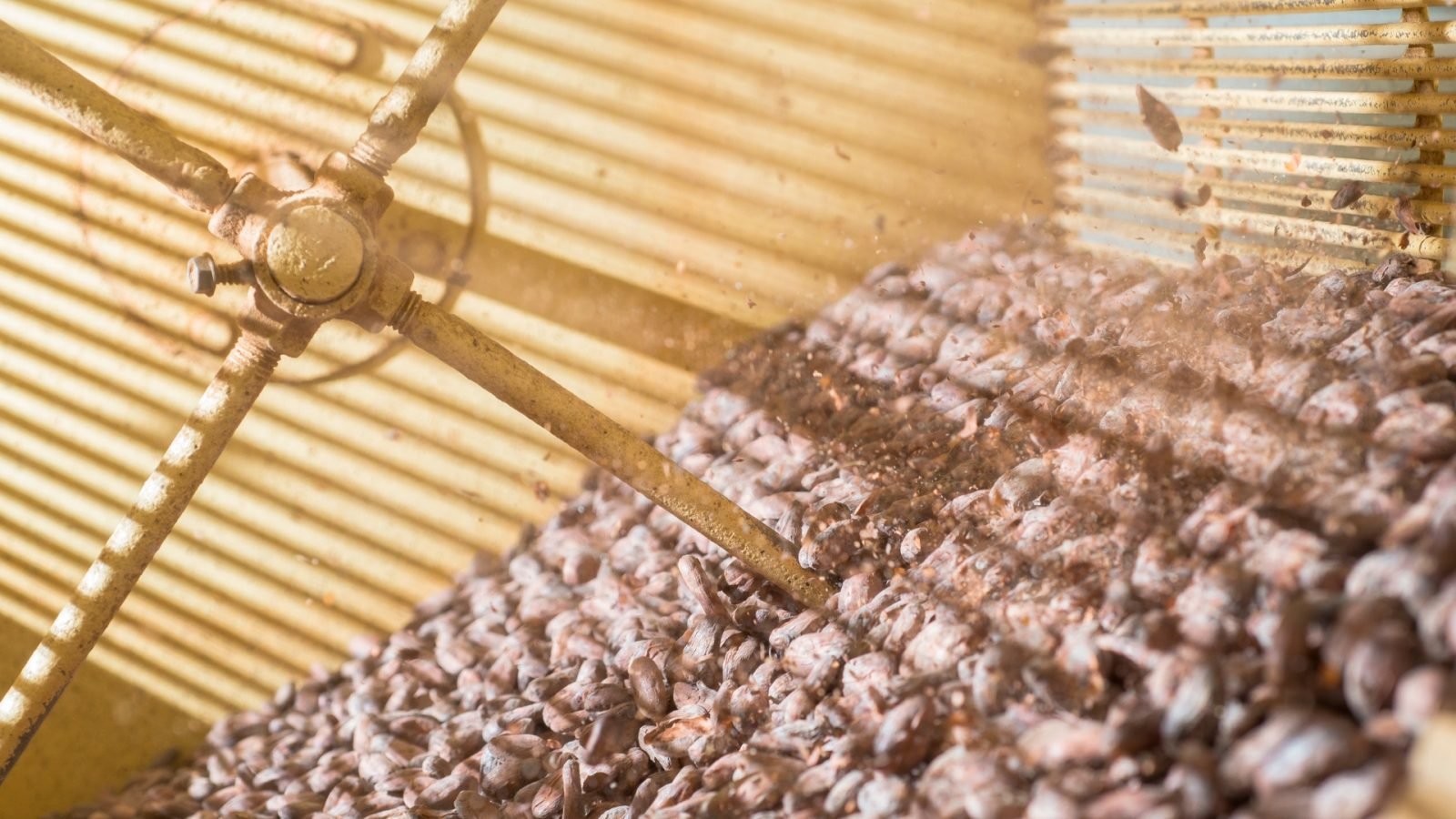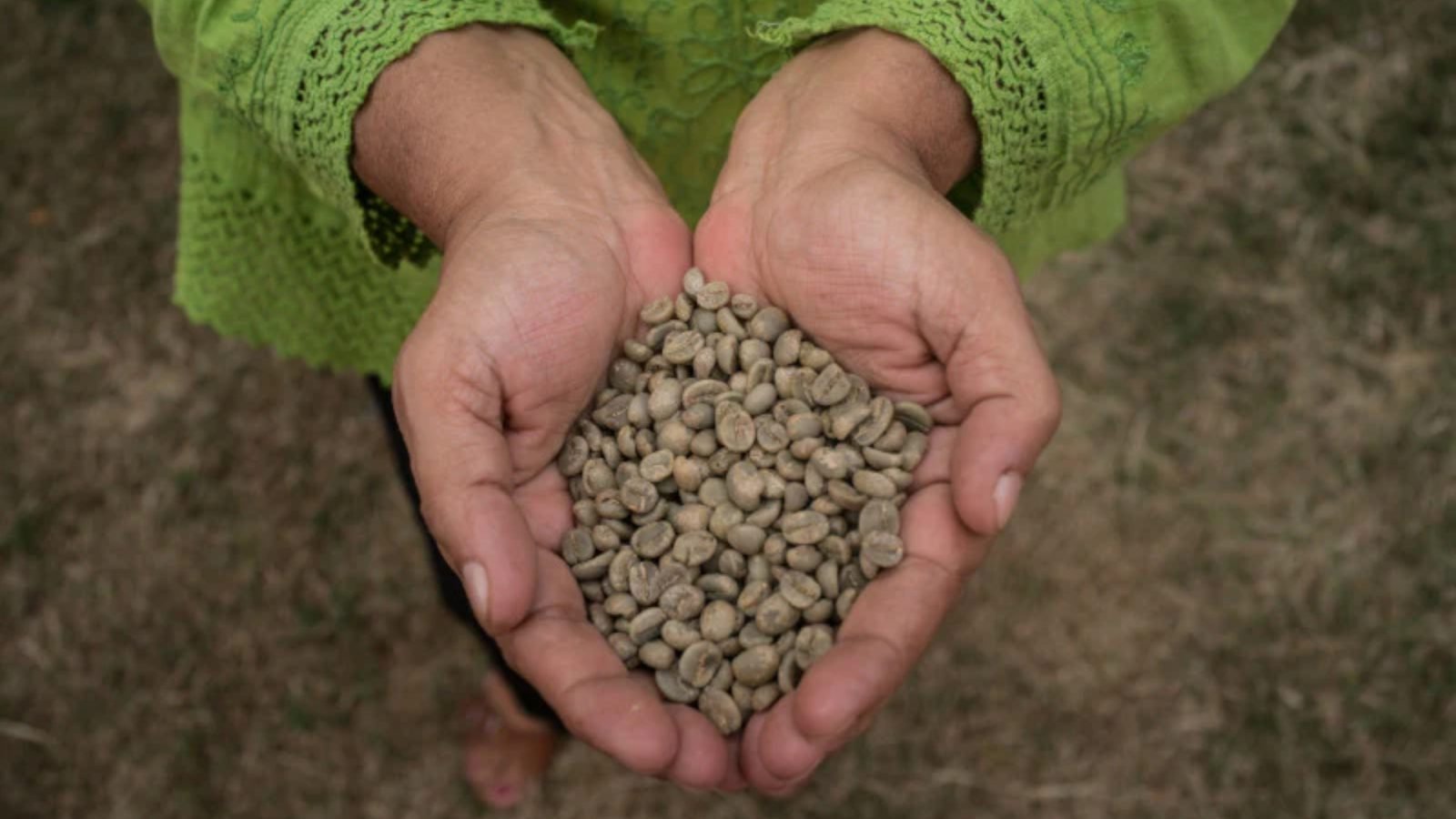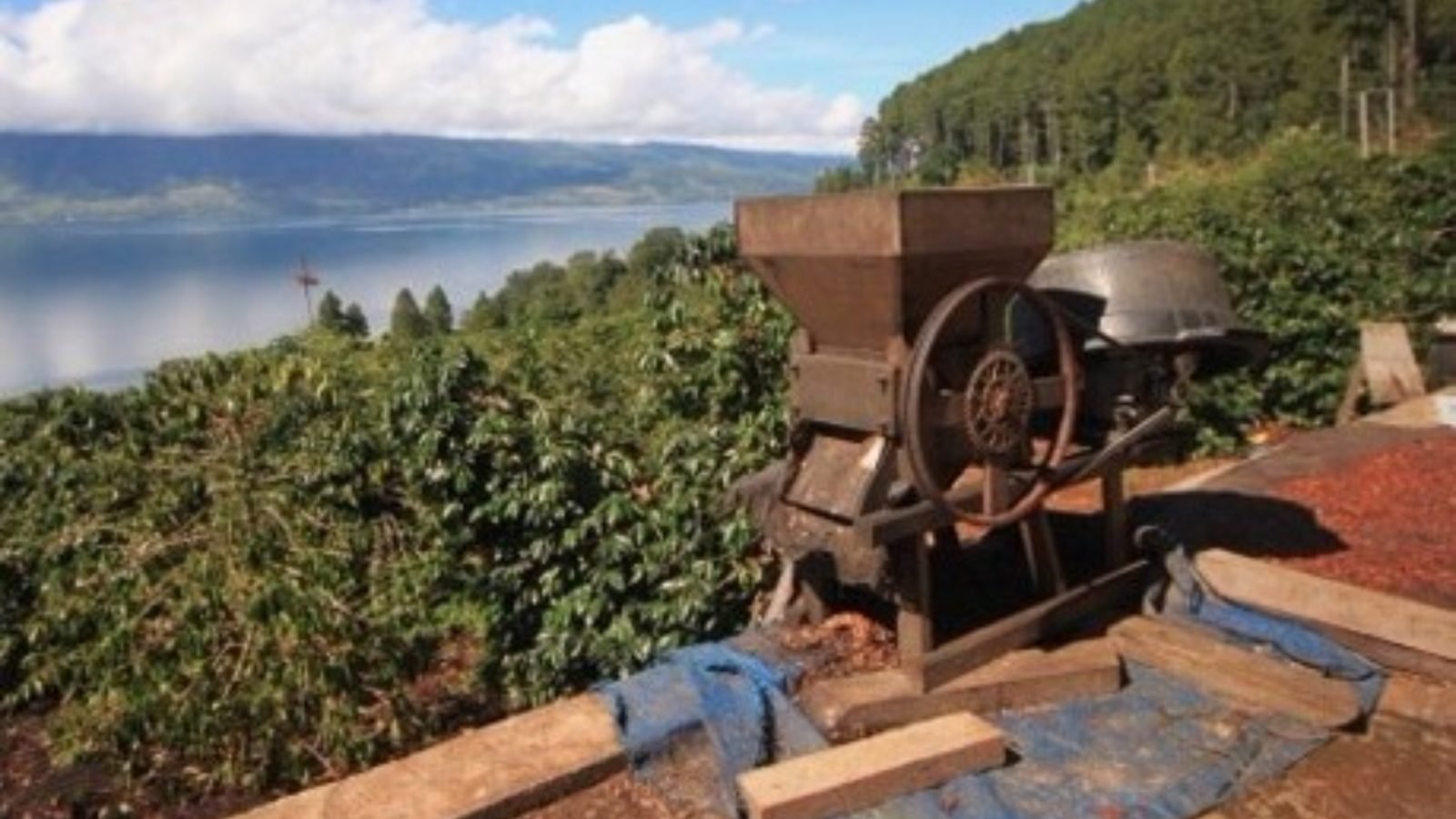Wet Hulled Coffee Process: Unique Technique from Indonesia

Ever heard of the wet hulled coffee process? It may be less common than other coffee processes, yet it’s popular in Indonesia, particularly in Sumatra and Sulawesi. However, it needs to be clarified when it was first introduced; some believe it was way before the Dutch introduced coffee in the country. Then, what makes it unique, and why do Indonesian coffee farmers prefer this method?
Table of Contents
So, What is Wet Hulled Coffee Process?

The wet hull process, also called giling basah in the Indonesian language, is a method of drying coffee cherries in an area with high humidity, like in Indonesia. This process begins with harvesting the fruits before putting them in a hand-cranked coffee de-pulper. This machine removes the fruits’ skin rather than the pulpy.
The skinned coffee fruits are then set aside to undergo overnight fermentation. This results in the breakdown of the mucilage or layer beneath the coffee cherries’ skin. The following day, the coating is thoroughly rinsed away, leaving only the thin layer of parchment. The fruits are then sun-dried for a total of 2-3 days, faster than the other processes.
Characteristics of Wet Hulled Coffee

Of all types of coffee processing methods, the wet hulled is hands down the fastest. This method provides a reasonably distinct flavor that will increase one’s experience sipping a cup of coffee. It’s rich and earthy, with a hint of herbal flavor here and there.
The unique flavor profile of wet hulled coffees results from air-drying after coffee fruits are hulled. Therefore, specific batches may offer stronger earthy tones than others, depending on the likelihood of irregularities. However, the anomalies will result in a rich flavor if the beans you use are top quality.
Popular Indonesian Coffee Varieties Produced Using Wet Hulled Coffee Process
The wet hull method is widely used to process various types of coffee beans in Indonesia. The following are some of the popular ones:
- Sumatra coffee: The island of Sumatra provides quality coffee beans processed with the wet hulled method. The most popular ones include Gayo (Aceh), Sidikalang (North Sumatra), and Lampung coffee (Lampung).
- Sulawesi: Sulawesi or Toraja coffee is known as one of the highest quality coffee beans in the world that also uses the wet hulled method.
- Java: Wet hull is also implemented to produce Java arabica coffees cultivated on the Ijen plateau.
Why Indonesian Farmers Wet Hull Their Coffee?

Average quality coffee requires between 2 and 3 weeks to thoroughly dry in a warm climate area. This would take much longer in Indonesia, where most parts of the country have high rainfall. Based on Statista data from 1991-2020, the average monthly rainfall in Indonesia ranged from 166.9 millimeters (August) to 299.19 millimeters (December).
The rainy season occurs from October to April, although there is a regional variation. All in all, the wet season runs in Indonesia almost throughout the year. Thus, coffee farmers prefer the wet hulled coffee process, which takes much less time than other methods. If farmers used the dry method, the coffee would defect because of its high moisture content.
The Benefits of Wet Hulled Coffee Process?
Most benefits of the wet hulled process are not for coffee connoisseurs keen on even the subtle flavor of their drinks but for the farmers. How so? In general, the wet hull is a time-efficient method for producing coffee.
That means coffee farmers can make a profit much more quickly. Especially for small-scale coffee farmers who rely heavily on earning a fast income, this method truly helps them a lot in living off their land.
However, most farmers only earn a small economic reward if the quality of wet hulled coffee is run-of-the-mill. Also, the beans are mainly used for blends in businesses that serve coffee, where average joes would do.
Wet Hulled Process for Roaster and Barista

Wet hulled coffee beans can be challenging to roast. Yet a small amount of these beans can increase a blend’s body, thus, affecting the flavor of the end product. But use a low percentage of it since high use of it make the blend taste muddy. The rule of thumb is finding the correct ratio.
For baristas, wet hulled coffees only have minimal sweetness and acidity but have a hefty body. Therefore, pay attention to your temperature to avoid burning the already hefty blend’s body. Also, keep your shot runs short to maintain a balance in your flavor combinations to bring out the most unique profiles of the coffee.
When done properly, the wet hulled coffee process can produce coffee beans with a distinct flavor. It may not be for everyone, but if you get quality wet hulled coffee, you will find the taste unique. Wonder where to get quality wet hulled coffee beans? You can always reach out to FnB Tech Indonesia. We have years of experience selling Indonesian quality coffee beans to over 17,000 buyers in local and international markets. So, don’t hesitate to contact us to experience Indonesia’s most authentic coffee beans.











